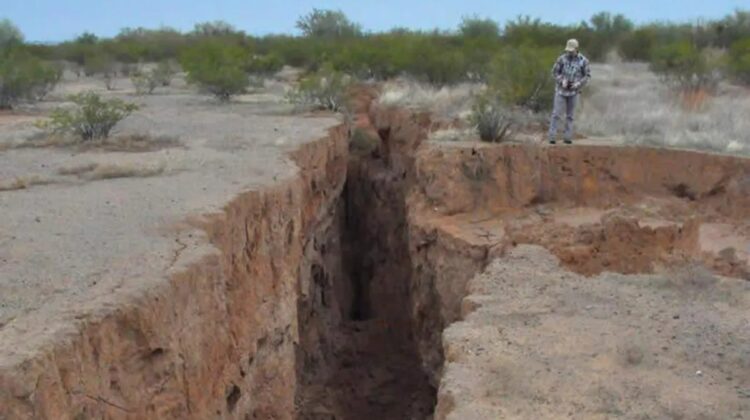
In a startling development, giant fissures have begun to appear across the southwestern United States, sparking concerns among experts and the general public alike. Stretching across 272 kilometers (169 miles) in southcentral Arizona alone, these unnatural formations have also been documented in states like Utah, California, and Texas.
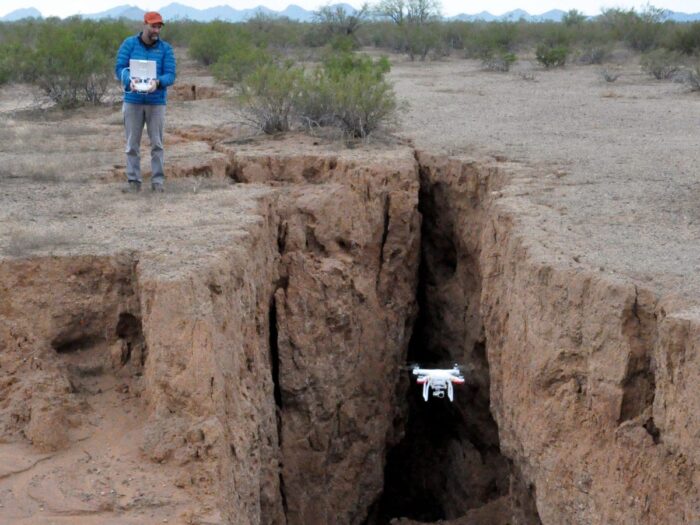
It’s crucial to emphasize that these cracks are not natural formations; rather, they are the result of human activities that have inadvertently triggered this geological phenomenon. Joseph Cook of the Arizona Geological Survey stated unequivocally that “it’s something we’ve caused to form.” The root cause, as scientists explain, is subsidence, a process where the ground undergoes displacement and instability due to human actions aimed at extracting water from the earth.
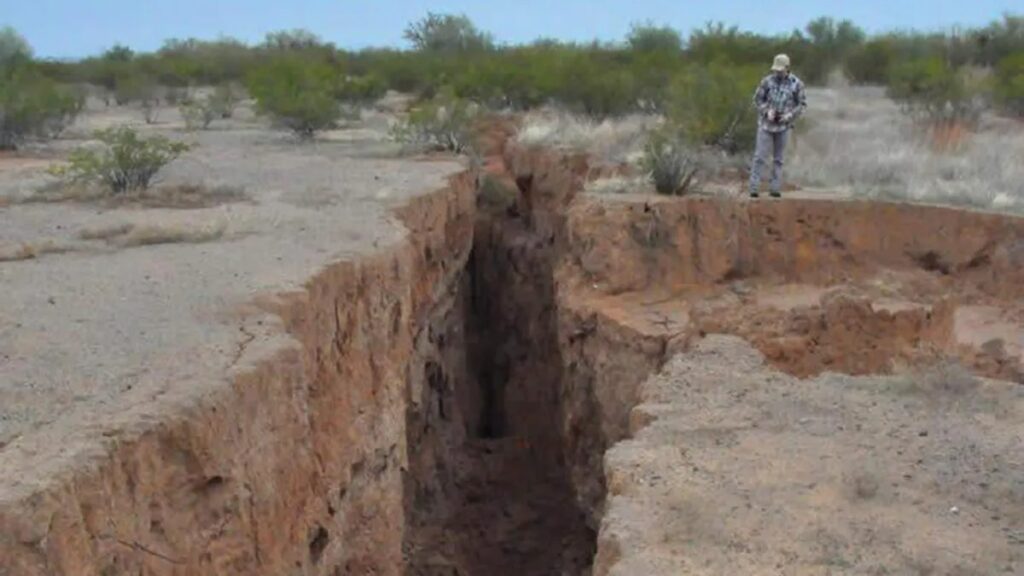
Groundwater use is the primary culprit behind these unsettling developments. The United States Geological Survey (USGS) notes on its website that “more than 80 percent of known land subsidence in the U.S. is a consequence of groundwater use, and is an often overlooked environmental consequence of our land and water-use practices.” This troubling revelation underscores how our relentless pursuit of water resources can have far-reaching consequences for the environment and the stability of the ground beneath our feet.
Fissures, like their more notorious counterparts, sinkholes, materialize suddenly. They occur when softer ground collapses while the adjacent terrain remains intact, forming long, gaping cracks in the earth’s surface. This unsettling phenomenon has been observed in multiple regions, and its implications are profound.
A recent investigative report by The New York Times delved into the relationship between groundwater depletion and the emergence of these disturbing fissures. One alarming revelation is that we are extracting groundwater at a rate that far exceeds its natural replenishment. Jason Groth, the deputy director of planning and growth management for Charles County, Maryland, emphasized this concerning trend, stating, “Most of the water we’re pulling out of the ground is thousands of years old. It’s not like it rains on Monday, and by Saturday it’s in the aquifer.”‘
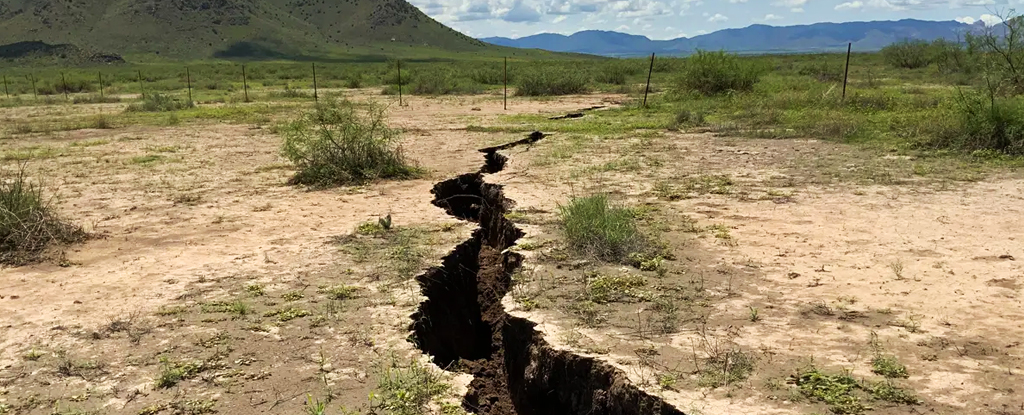
The rapid depletion of ancient groundwater sources poses a significant risk to regions reliant on this vital resource. As temperatures rise and drought conditions persist, the collection of groundwater may serve as a temporary solution to compensate for the diminishing rainfall, particularly in agricultural contexts. However, it’s important to recognize that this approach may not be sustainable in the long run.
Water experts, such as Warigia Bowman, a law professor and water specialist at the University of Tulsa, warn that the situation should be viewed as a crisis. Bowman stated, “From an objective standpoint, this is a crisis. There will be parts of the U.S. that run out of drinking water.”
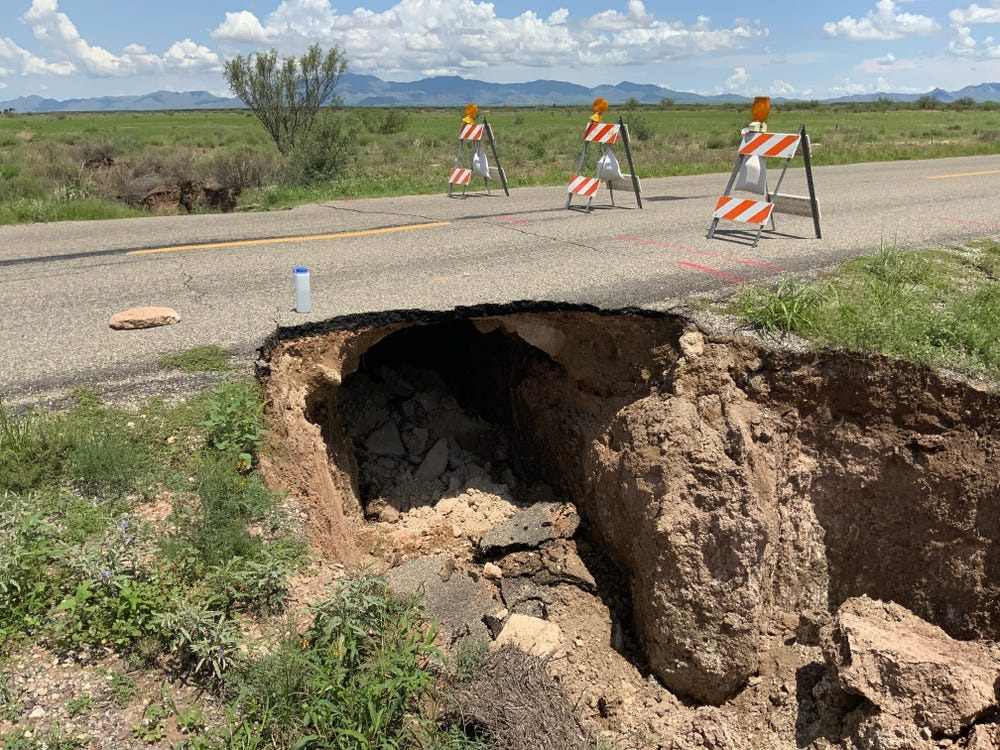

The emergence of these giant fissures serves as a stark reminder of the profound impact of human activities on the environment and the urgent need for sustainable water management practices. As we continue to grapple with the consequences of our actions, it is imperative that we prioritize responsible water use and take proactive measures to mitigate the adverse effects of groundwater depletion.
[H/T: New York Times]

Leave a Reply